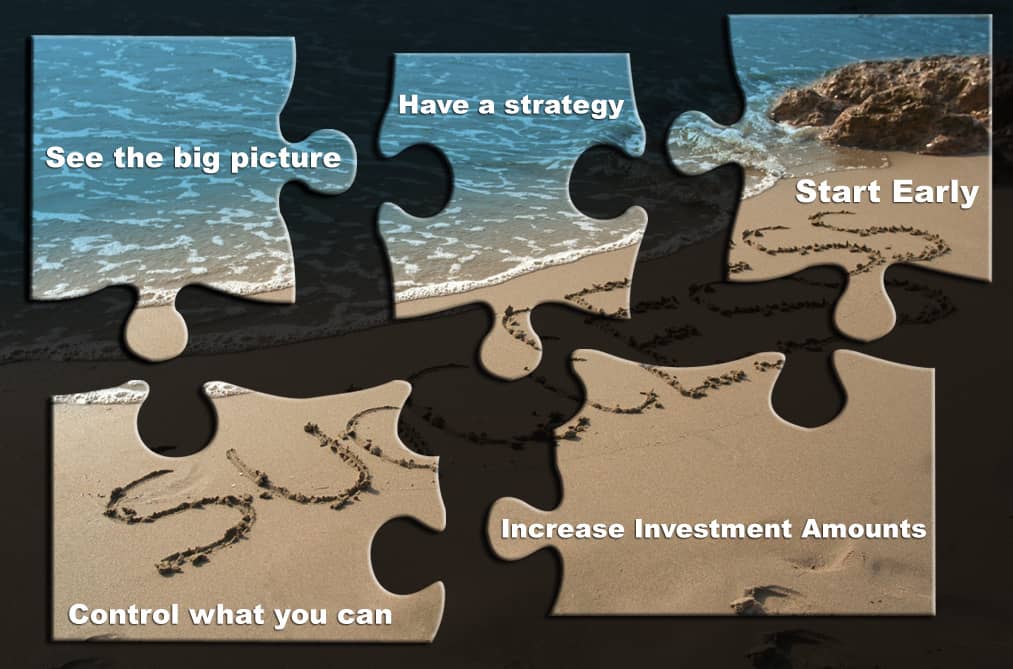Money can be a difficult subject for any of us to talk about, although it seems to be particularly challenging, statistically, for women.
According to a recent study released by Fidelity, 80% of women surveyed said that they had refrained from discussing financial issues with friends or family, despite the fact that over 92% of those surveyed expressed an interest in learning more about financial planning. Among those surveyed, some of the most common reasons given were that money was too personal a topic, it felt uncomfortable to talk about, or it was considered “taboo.” Additionally, women are also more likely to feel that they don’t know enough about the subject to speak about it intelligently. This is despite the fact that studies have shown that women tend to be better investors than men.
Money is, however, a critical subject that we all need to discuss – and discuss often – in relationships. A little while ago I wrote about the 7 Things Married Couples Should Discuss Today, where I talked about why it is critical that married couples go over their finances together. Marriage is not, however, the only relationship that requires having difficult conversations about money.
We need to communicate with our parents and children about money, and even friends, coworkers and extended family members in some cases.
With money playing such an important role in our daily lives, it’s critical that we learn to overcome our desire to avoid the topic and learn how to effectively and confidently communicate about financial matters.
Fortunately there are a few things you can do to make the topic of money easier to discuss:
1. Realize that difficult conversations are sometimes necessary
Whether you need to confront your parents about their retirement plans, your spouse about where to allocate investments, or your children about their spending habits money can be a difficult topic to talk about. By reminding yourself that these are conversations that you will ultimately need to have however you are setting yourself up for success.
2. Find someone knowledgeable about finances who you can trust
No one has all the answers when it comes to money, which is why it is often helpful to turn to others for ideas and suggestions. You should find someone – whether it’s a friend, family member or a financial advisor – who is knowledgeable, who you know has your best interests at heart, and with whom you feel comfortable speaking.
This will give you the opportunity to ask questions, bounce around ideas, and learn and grow. It will also give you the confidence to discuss finances with others.
3. Get educated
One of the best ways to feel comfortable discussing money with others is by learning as much about the subject as you can. Read books, ask questions, and get help when needed. By learning as much as you can, you feel more comfortable giving advice, making financial decisions and having what would otherwise be difficult conversations.
4. Don’t procrastinate when discussing finances
If there is a money-related conversation that you have been putting off, bring it up now or at the next time possible. Don’t wait!
Here are a few more suggestions for important conversation starters:
With your spouse:
- Family’s budget
- Retirement savings
- Saving for children’s college fund
- Where to invest money
With your children:
- Allowance
- Spending
- Basic financial principles
With your parents:
- Their retirement plans
- Location of legal documents including wills, trusts and insurance paperwork
If you’re like most people, chances are there are many other subjects that you need to discuss with those you’re close to. It may be a good idea to contact a financial advisor to help you with these as well as other issues revolving around money.
Brad Sherman is a financial planner in Gaithersburg, Maryland who is committed to helping individuals and families achieve financial independence and gain confidence with regard to financial issues.
Call him today to see if his services are a good fit for your needs.
LFS-1140071-030415










